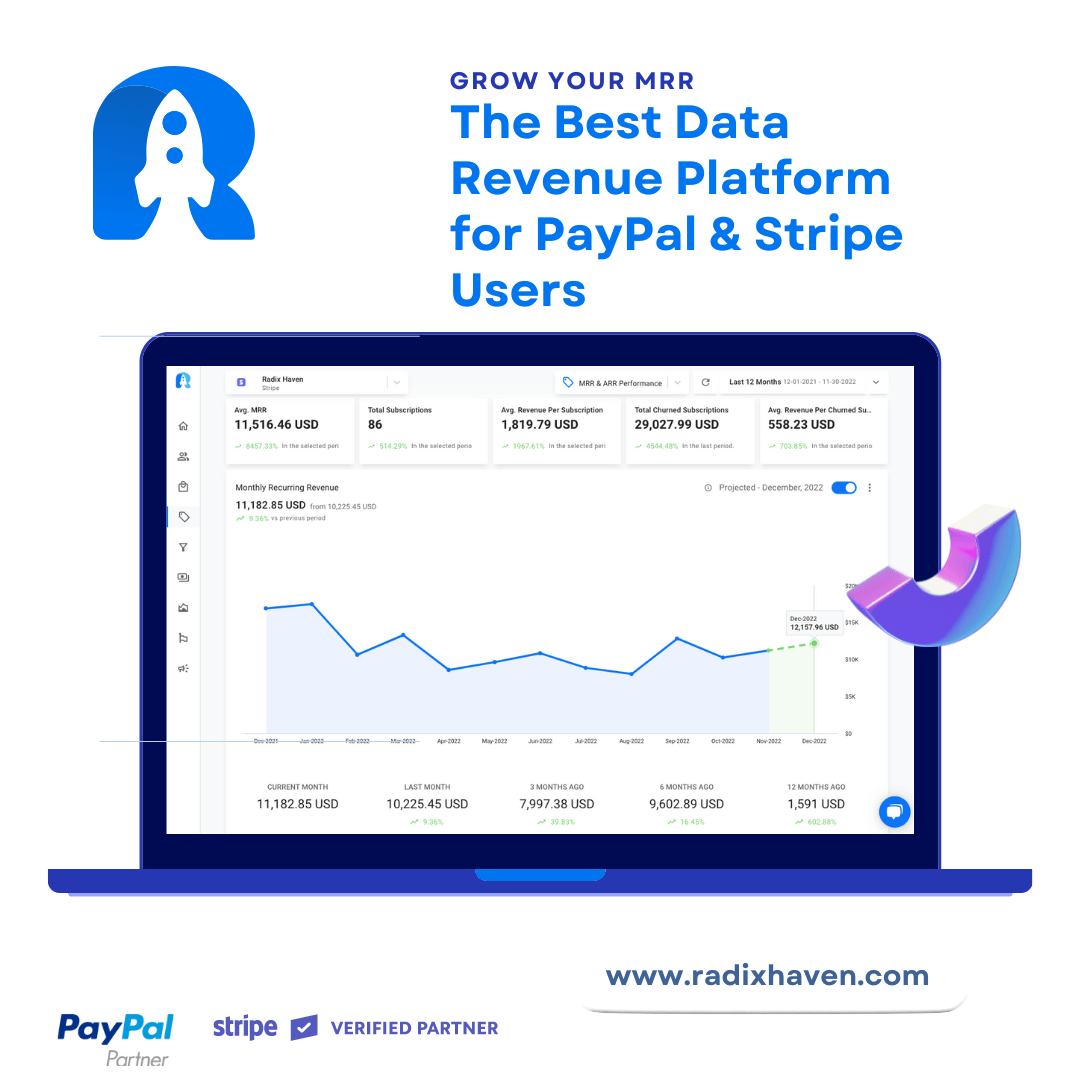When designing an eCommerce site, it’s essential to include usability features that help shoppers make informed buying choices. While maximizing your conversion rate is often the primary goal in these cases, sometimes it can be hard to determine which considerations need your immediate attention when planning the site. Fortunately, you can use these 15 must-have features to quickly identify crucial areas that should be included in your eCommerce design.
Here is a list of 13 must-have elements for attracting online buyers.
1) Simplicity
Online sellers have only a few minutes, if not seconds, to make a deal. Concentrate on the user experience by including shopping categories, filters, and comparison tools.
Simplicity should be a goal in excellent design, and it does not have to be at the expense of aesthetics.
According to research, 76 percent of users consider the simplicity of use the most significant feature of an eCommerce web.
The goal is to assist shoppers in getting to what they want faster and without encountering extra complications that might obstruct the route to purchase.
2) Mobile-Friendly eCommerce Site
Many sites have yet to make the switch to a mobile-friendly web, which means they have actually lost out on potential revenue. But thankfully, there are some who have already jumped on board and made the switch — they’ve already reaped the benefits and are now seeing the results from having a mobile-friendly site.
3) High-Resolution Images to Boost your eCommerce Site Conversion Rates
Professional images and videos speak volumes about your products, but can also have an impact on your eCommerce conversion rates. A research study by Canon shows that 73% of consumers are more likely to buy from a brand that has beautiful product photos versus those who don’t.
Multiple images of a product should be displayed on ecommerce sites. The photographs must be high-resolution and optimized for page load.
4) Wish List
A wish list is a popular discount tool that allows customers to save their favorite items and place them in their wish list. In the end, a shopping cart is just another pre-order system. It makes it possible for shoppers to create an order then go back and revise it before committing.
Ecommerce sites that do not use wish lists are leaving money on the virtual table.
5) Find-in Store
Recommendations are always influential, and in the age of eCommerce (where most shopping is conducted online), one of the most powerful recommendation tools is using an in-store locator. The “find-in-store” cue is more effective than simple product recommendations or personalized search results.
Shoppers are going online only to research and then make in-person purchases. This is especially true for millennials, who prefer to do their research online before purchasing in a shop.
This is useful for determining if local stores have things in stock.
6) Special Offers
One of the best ways to increase sales and convert more shoppers is by offering special, limited-time discounts and promotions. One special offer is not enough, though. You need to implement multiple offers to make a noticeable difference in your sales rates. With the right tools and a strategy, any online retailer can start using special deals to drive more sales on their web and social media channels.
7) Related Products
A Related Product section on an eCommerce site generates the desired effect that many marketers seek.
Related products might also include related item categories for comparative shopping. “people who bought this item also searched for”
8) Customer Reviews in your eCommerce Site
Reviews are key to running a successful online store. Customers will always gather information and consult with other customers before purchasing something valuable online. There are plenty of diverse opinions which exist on the internet today. The better the reputation your store has, the greater the chance of cross-selling and up-selling to existing customers.
9) eCommerce Site FAQ Page
One of the most important places on your eCommerce site is the ‘FAQ’ page. Not only does it provide answers to frequently asked questions so you don’t have to answer them time after time; it also reduces sales query emails and calls since customers tend to find their questions answered without needing to ask them.
10) Different Payment Alternatives
Modern eCommerce has taken its business operations to the next level. Businesses have significantly advanced in their efforts to provide more options and convenience to their customers.
Advanced payment options are a must-have feature for an ecommerce site in the age of Apple Pay and PayPal.
Consider the convenience that comes with, for instance, Amazon one-click buying. Customers who have created an account may practically buy with the press of a button.
11) Security
To gain more ecommerce sales you need to step up your game by improving your checkout process. This includes adding a security certificate to your webs as well as implementing secure payment links. Better payment processing options ultimately lead to increased sales, but first you have to try these methods out yourself in order to find out which ones work best for your ecommerce store.
12) Detailed Shipping Information & Return Policy
Providing detailed shipping information is a great way to convince consumers your site is legit. Your potential customers often won’t mind waiting, if they know exactly when to expect their purchase. Offering detailed shipping information and return policies can help remove any anxiety from the buying process.
13) Track & Analyze your eCommerce Site
Without metrics, success is impossible to measure. The metrics we choose determine what and how we measure our eCommerce performance. If you don’t know where to start and what eCommerce metrics to track, it’s time for you to try Radix. This universal solution can help you get full control of all important aspects of your eCommerce business.
To Wrap this Up…
If it isn’t obvious by now, online shopper experience is a very important thing to consider when planning your next e-commerce site. It goes without saying that if your shopping experience isn’t seamless and fast, people will look elsewhere and you’ll lose out on those sales.
Sign Up Here!






